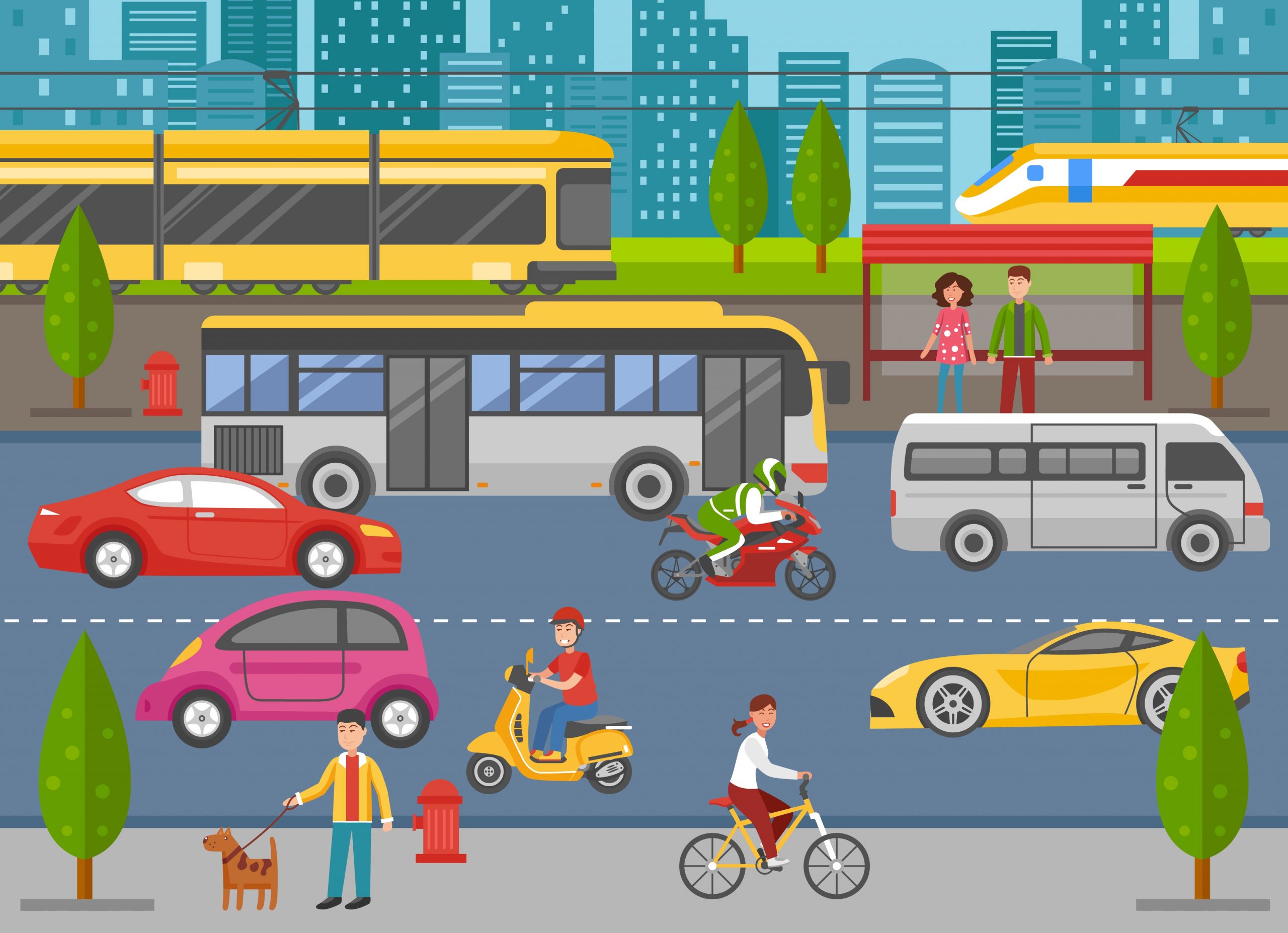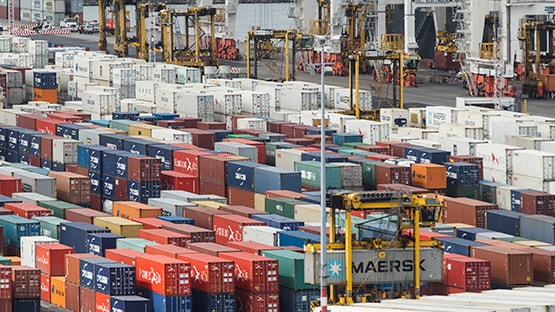Public transportation plays a crucial role in addressing the challenges of urbanization, congestion, and environmental sustainability. However, encouraging people to shift from private vehicles to public transportation can be a daunting task. In this blog post, we will explore innovative and practical strategies to promote the use of public transportation, ensuring a seamless transition towards a more sustainable and efficient urban mobility system.
- Enhancing Accessibility and Convenience:
To encourage public transportation usage, it is essential to prioritize accessibility and convenience. This can be achieved through the following measures:
a) Expanding and improving infrastructure: Investing in the development and maintenance of an extensive public transportation network, including bus, tram, subway, and light rail systems, ensures that people have easy access to reliable and efficient modes of transportation.
b) Integrating multi-modal transportation: Creating seamless connections between different modes of transportation, such as buses, trains, and bicycles, allows commuters to conveniently switch between modes, reducing travel time and enhancing overall accessibility.
c) Implementing smart technologies: Introducing real-time information systems, mobile apps, and contactless payment options not only make public transportation more user-friendly but also provide commuters with up-to-date information on routes, schedules, and fares.
- Improving Affordability and Incentives:
Affordability is a significant factor influencing people's transportation choices. To encourage public transportation usage, the following strategies can be implemented:
a) Fare subsidies and discounts: Offering discounted fares for students, senior citizens, low-income individuals, and frequent commuters can make public transportation a more affordable option compared to private vehicles.
b) Employer incentives: Collaborating with employers to provide subsidized or free public transportation passes as part of employee benefits can significantly motivate individuals to choose public transportation for their daily commute.
c) Integrated ticketing systems: Implementing integrated ticketing systems that allow seamless transfers between different modes of transportation, with discounted fares for combined journeys, can incentivize people to opt for public transportation.
- Promoting Awareness and Education:
Raising awareness about the benefits of public transportation and educating the public on its positive impacts can foster a shift in mindset. The following approaches can be effective:
a) Marketing campaigns: Engaging and informative marketing campaigns highlighting the advantages of public transportation, such as reduced traffic congestion, improved air quality, and cost savings, can create a positive perception and generate interest among potential users.
b) Community engagement: Collaborating with local communities, schools, and organizations to organize events, workshops, and seminars that promote the benefits of public transportation can help dispel misconceptions and encourage its usage.
c) Environmental consciousness: Emphasizing the environmental benefits of public transportation, such as reduced carbon emissions and conservation of natural resources, can appeal to individuals who prioritize sustainability.
Conclusion:
Encouraging people to use public transportation requires a multifaceted approach that focuses on accessibility, affordability, and awareness. By investing in infrastructure, providing incentives, and promoting the benefits of public transportation, cities can pave the way for a sustainable and efficient urban mobility system. Embracing these strategies will not only alleviate traffic congestion but also contribute to a greener and more livable future.



